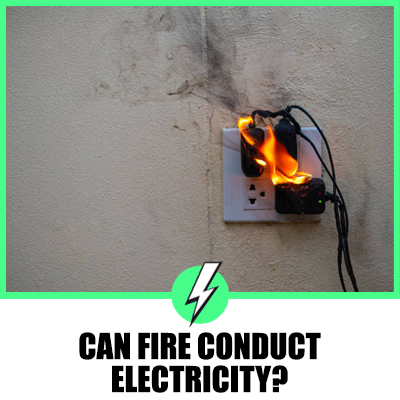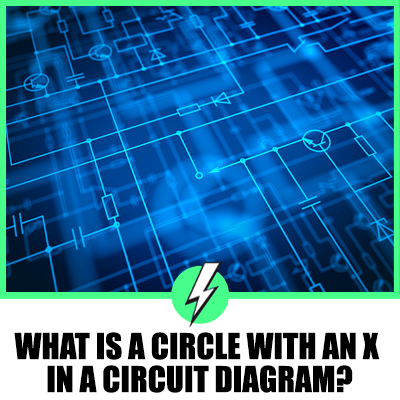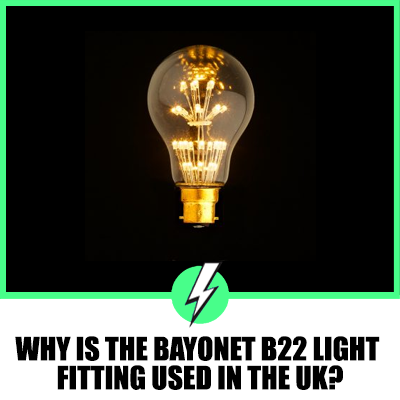Can Fire Conduct Electricity?
Fire, a captivating phenomenon, has intrigued humans for centuries.
Its ability to provide warmth, cook food, and serve as a source of light has made it an integral part of human civilization.
But beyond its traditional uses, fire holds a myriad of scientific mysteries.
One question that often arises is: can this fiery element conduct electricity?
This article aims to explore this fascinating question, shedding light on the intricate relationship between fire and electricity.

Contents
Will a Flame Conduct Electricity?
To answer this question, we first need to understand what a flame is.
A flame is a mixture of hot gases, primarily composed of carbon dioxide, water vapor, oxygen, and nitrogen.
When a substance burns, it produces a flame, which is essentially a gas-phase chemical reaction known as combustion.
But the most intriguing aspect of a flame is that it’s a plasma.
Plasma is often referred to as the fourth state of matter, alongside solids, liquids, and gases.
It’s an ionized gas, meaning it contains free-moving ions and electrons.
This ionization process involves the separation of electrons from atoms, creating ions.
These ions, due to their charge, can move when a voltage is applied, creating an electric current.
So, in essence, a flame, being a plasma, can indeed conduct electricity.
How Does Electricity React to Fire?
When an electric field is applied to a flame, it can cause the flame to split into two opposite directions.
This is because the ions in the flame react differently to the electric field.
The positive ions, which are heavier, move slower and thus a larger portion of the flame follows them, moving towards the negative plate.
The negative ions, which are electrons, are lighter and move faster towards the positive plate.
This causes the portion of the flame following the negative ions to be smaller and thinner.
This phenomenon can be observed in a simple experiment involving a lit candle placed between two active high voltage metal plates.
When the power supply is switched on, the electric field splits the flame in two opposite directions.
This experiment, while dangerous and requiring careful handling, provides a clear demonstration of how electricity reacts to fire.
Can Fire and Electricity Mix?
Fire and electricity can indeed mix.
An experiment with a bug zapper, a device that produces a high voltage to kill bugs, showed that a flame could be “zapped” by the device.
This indicates that the flame was conducting electricity.
The same result was observed with different fire sources, further confirming that fire can conduct electricity.
This might seem surprising at first, but when you consider that fire is a plasma and plasmas conduct electricity, it makes sense.
The free charges in the plasma move when a voltage is applied, creating a current.
This is the fundamental principle behind the conduction of electricity.
Does Flame Have Voltage on It?
While a flame itself does not have a voltage, it can respond to an applied voltage due to the presence of ions.
When a voltage is applied, the ions in the flame move, creating an electric current.
The strength of this current can be influenced by the strength of the applied voltage and the density of ions in the flame.
Insights from Online Discussions
Online discussions reveal a general consensus that fire, or more specifically, flames, can conduct electricity.
This is attributed to the plasma state of flames, which contains ions that can carry an electric charge.
However, the ion density in a flame is relatively small, meaning that while a flame can conduct electricity, it is not a strong conductor.
Conclusion
In conclusion, fire can indeed conduct electricity due to its plasma state.
The ions present in a flame can move when a voltage is applied, creating an electric current.
This fascinating interaction between fire and electricity is a testament to the complex and intriguing nature of these two fundamental elements.
The exploration of this topic not only enhances our understanding of fire and electricity but also opens up new avenues for research and innovation.
Who knows? The future might hold applications that harness the electrical conductivity of fire in ways we can’t even imagine today.
This article has been written with both UK and US audiences in mind, ensuring that the language and references are accessible and relevant to readers from both regions.





